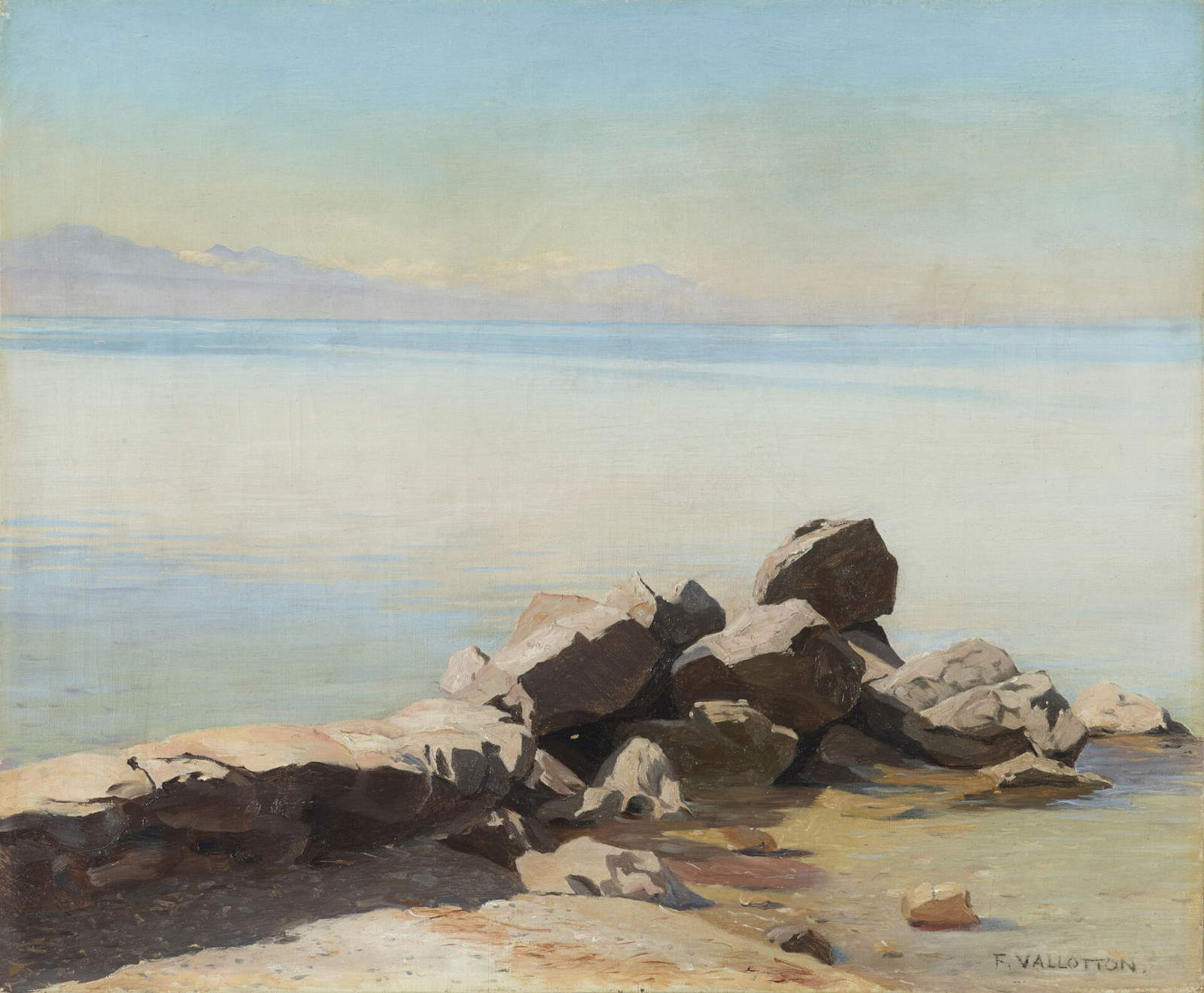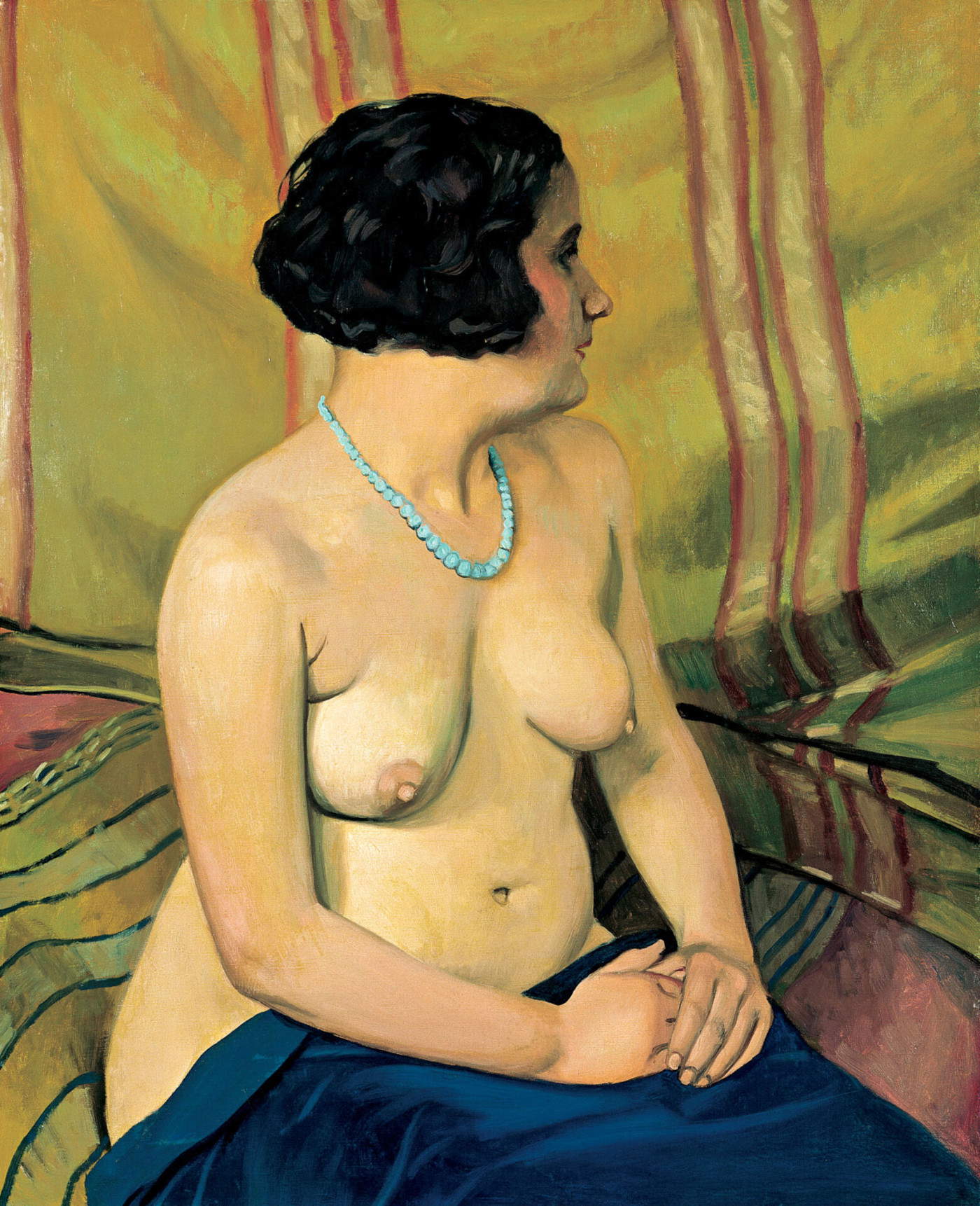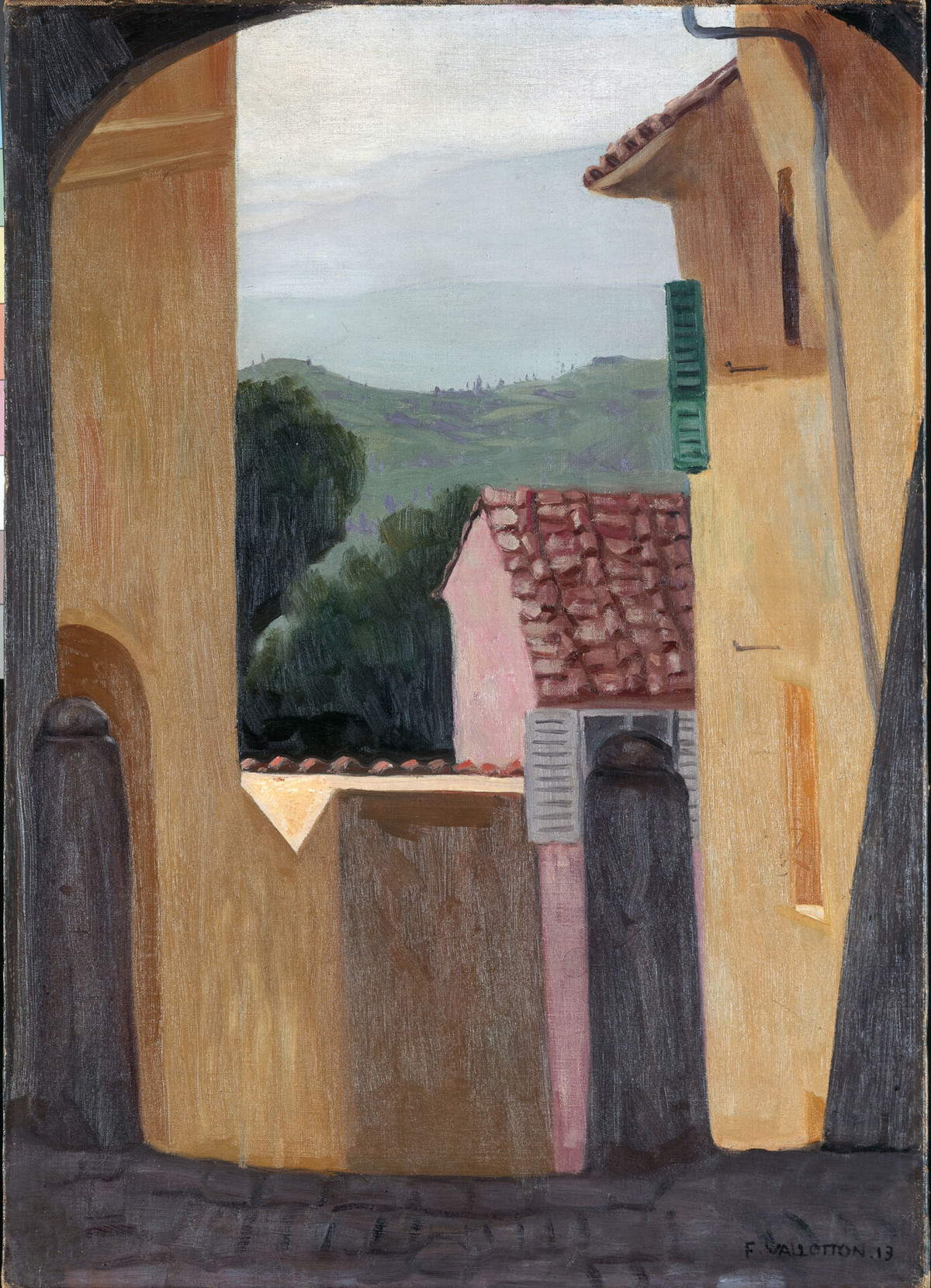The Castello San Materno Museum in Ascona, Switzerland, home of the Kurt and Barbara Alten Foundation for Culture, is dedicating a retrospective exhibition from May 11 to Sept. 7, 2025, to the celebrated Swiss-French artist Félix Vallotton, entitled Félix Vallotton - A Monument to Beauty.
The exhibition is part of celebrations marking the centenary of the artist’s death, and is an integral part of the 2025│Année Vallotton program, which also includes exhibition events at the Muséand Jenisch in Vevey, the Kunst Museum Winterthur, the Musée cantonal des Beaux-Arts in Lausanne, and the Castello San Materno itself, to pay homage to the versatility and originality of this multifaceted and nonconformist artist. Curated by Harald Fiebig with the support of the Kurt and Barbara Alten Foundation for Culture, the exhibition features 55 works including paintings, drawings and graphic cycles ranging from landscapes to still lifes to human figures, and largely come from a prestigious Swiss private collection rarely seen by the public, as well as from the Kunst Museum Winterthur.
Vallotton’s style is distinguished by a severe rigor, an objective approach and a lucid observation of reality. Nevertheless, his art-as the title of the exhibition suggests-stands as an eternal tribute to beauty.


The exhibition, set up in the Castello San Materno Museum, traces the main stages of his artistic career: from his early years (1880-1892), focused on portraits of the bourgeoisie of the time-a genre that, as he wrote to his family in 1889, “corresponds to my inclination and is the genre in which I have the best chance of success” - to joining the Nabis group (1893-1900), to the transitional period (1901-1908), in which he favored the theme of landscape, treated with broad color fields according to the Nabis aesthetic. In this phase, Vallotton also explores Parisian urban life. His artistic maturity led him to expand his repertoire, fueled by travels to France, Italy and other European countries. In 1913, for example, he produced views of Perugia, in which the unusual perspectives and narrow historic streets of the center blend with the green hills on the horizon.
Although recognized as a painter, Félix Vallotton achieved wide notoriety as an engraver. His graphic production was considered revolutionary by coeval critics and artists, exerting a major influence on subsequent generations. The Ascona exhibition includes some of his best-known graphic series, including those inspired by mountain landscapes, influenced by Japanese color prints. Another notable cycle is Paris Intense (1893-1894), which captures the hustle and bustle of Parisian life through the technique of zincography. In the late 19th century, Vallotton turned his attention to the private dimension of bourgeois life, returning to woodcut. This medium allows him to enhance the contrast between black and white even more sharply. Black, an ambivalent symbol of power and death, luxury and silence, becomes a vehicle for profound meanings.
In the Intimités series (1897-1898), consisting of ten sheets considered the culmination of his woodcut work, elegant interiors conceal a complex web of suspicion, embarrassment, constraint and fear. Vallotton delves beneath the surface of apparent bourgeois respectability, powerfully rendering a sense of pessimism and alienation in male-female relationships. After 1899, the artist reduced his graphic activity to focus again on painting. However, the few subsequent etchings stand out for their high artistic quality. Notable among them are L’Exposition Universelle (1900-1901) and C’est la guerre (1915-1916), the latter an intense reflection on the horrors of World War I.
For info: www.museoascona.ch
Hours: Thursday through Saturday 10 a.m. to noon and 2 to 5 p.m.; Sunday and holidays 2 to 4 p.m.


 |
| In Ascona, a retrospective celebrates Félix Vallotton on the centenary of his death |
Warning: the translation into English of the original Italian article was created using automatic tools. We undertake to review all articles, but we do not guarantee the total absence of inaccuracies in the translation due to the program. You can find the original by clicking on the ITA button. If you find any mistake,please contact us.